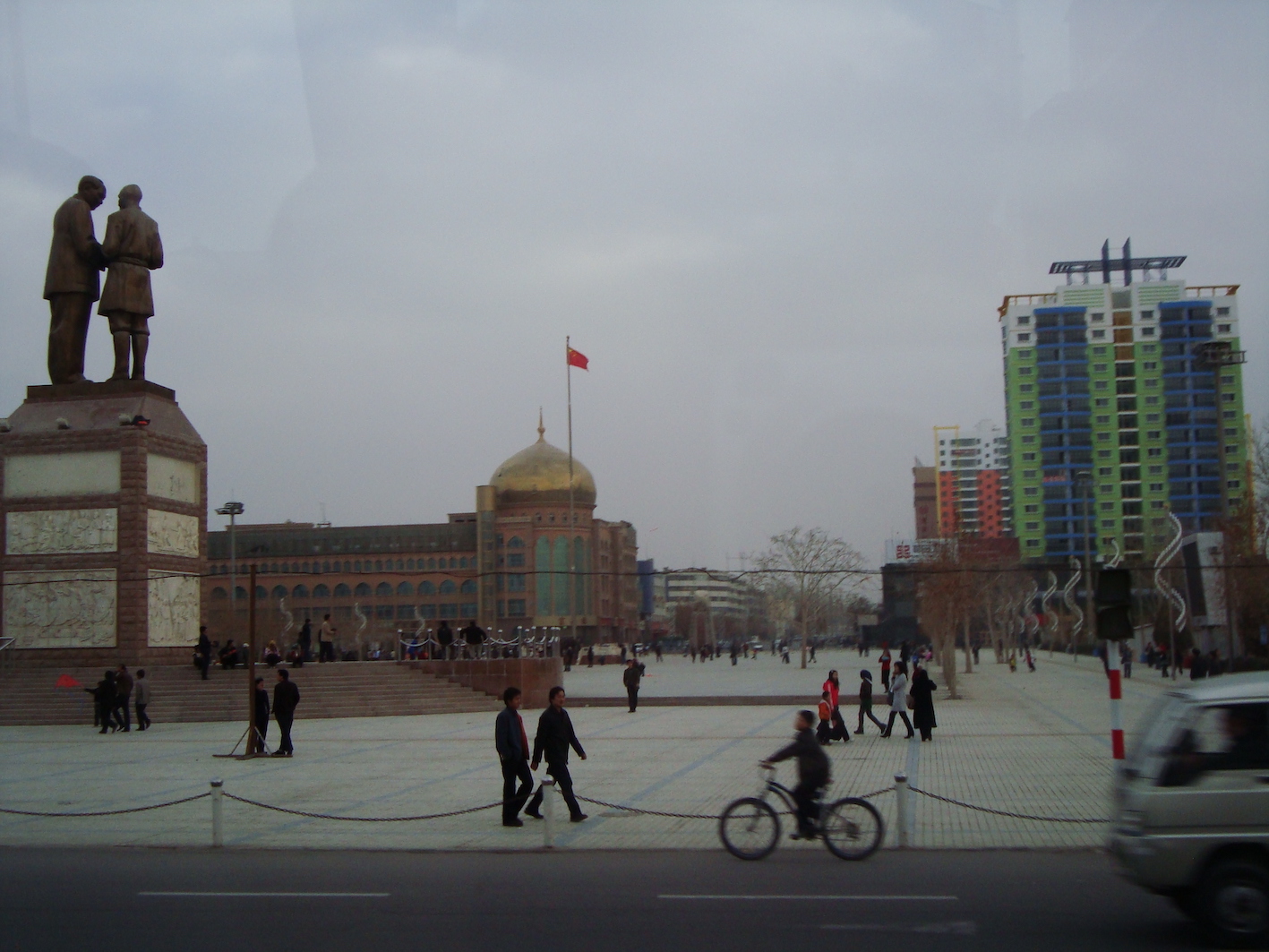Building Shanghai in the Borderlands
A Visual Approach to the Restructuring of the Uyghur City in Xinjiang

Buildings and material infrastructure in cities are not just there; rather, they are embedded in complex political and social planning and construction contexts. In China, spatial transformations and urbanisation inits eastern and coastal regions have received a great deal of attention. This article investigates the relatively little explored urban development inChina’s Northwestern Uyghur homeland of XUAR (Xinjiang Uyghur AutonomousRegion). Based on 12 months of ethnographic fieldwork between 2010 and 2017, the article outlines the ways in which Sinicization, modernisation and globalisation have simultaneously changed the morphology of XUAR’s cities. The restructuring of material urban infrastructure has also challenged local ethnic place-making. Uyghur urban middle-class citizens critically engage with urban restructuring in their native places. The article highlights the ways in which they negotiate ethnicity, social status or the relation to the state through reflecting on the construction and perception of architecture.
Kobi, Madlen. 2023. “Building Shanghai in the Borderlands. A Visual Approach to the Restructuring of the Uyghur City in Xinjiang.” Visual Studies 39(1–2):100–111. https://doi.org/10.1080/1472586X.2023.2197419.